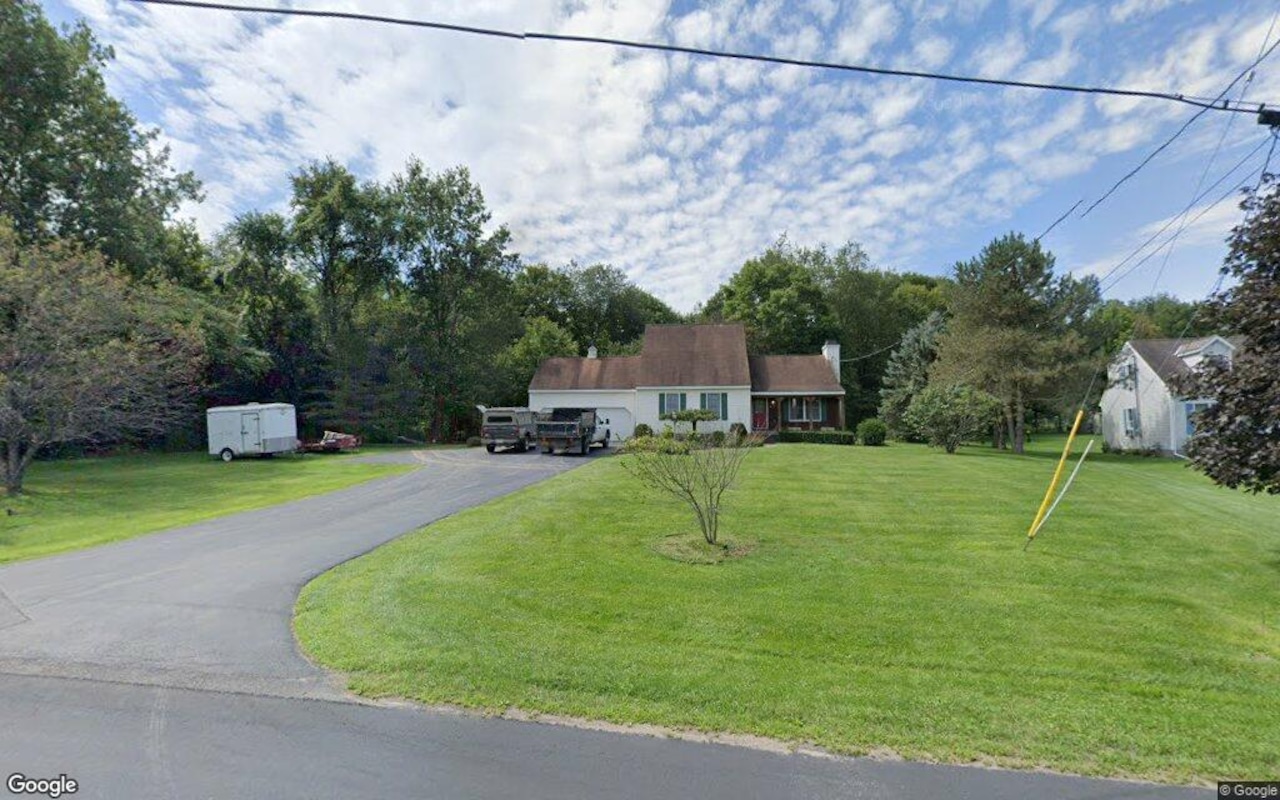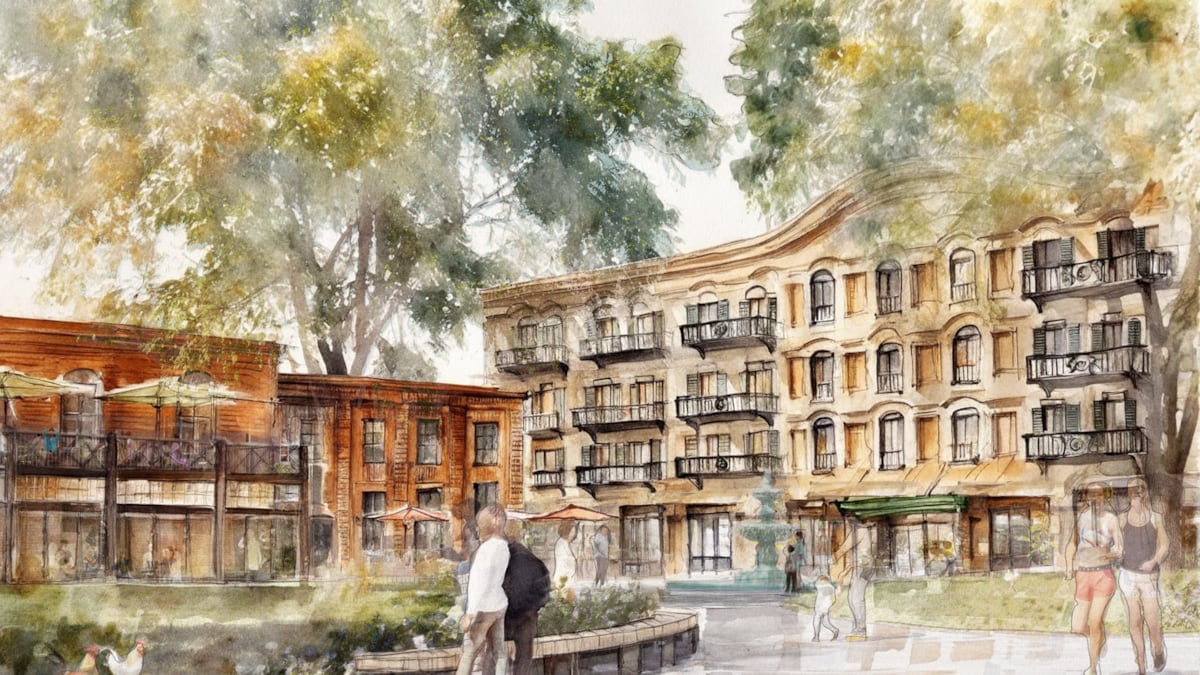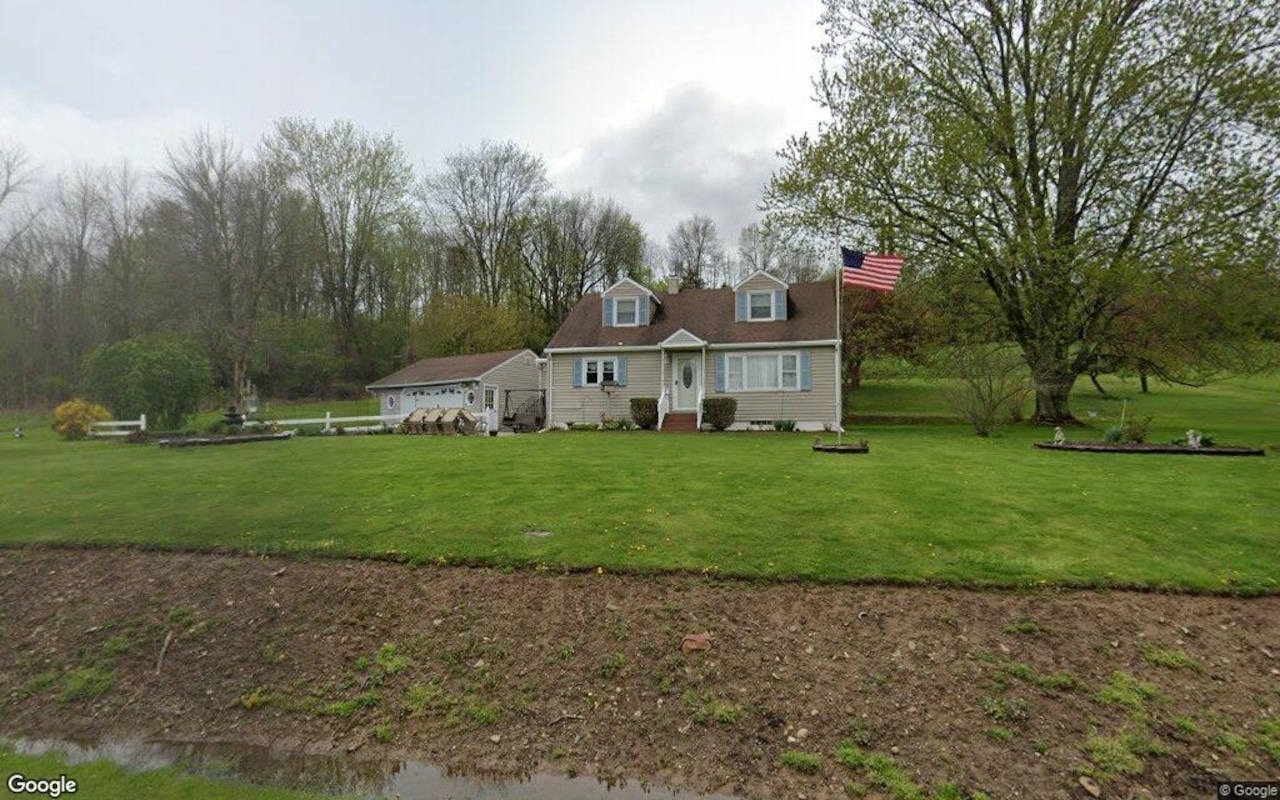T
he US real estate market is at a critical juncture, driven by the intersection of demographic trends and housing policy misalignments. Thomas Lee, a seasoned broker and financial strategist, offers valuable insights that bridge macroeconomic trends with actionable investment opportunities. As millennials, now the largest generation in the US, navigate delayed homeownership and shifting migration patterns, Lee's expertise in urban-to-suburban migration and housing finance is redefining how investors approach the 2025 market.
Millennials, aged 29 to 44 in 2025, account for 47% homeownership, a rate 10 percentage points below their parents' generation at the same age. Structural barriers, including high mortgage rates (6.5% average for 30-year fixed loans), elevated construction costs, and a 4.9 million housing unit shortage, have created a perfect storm of affordability challenges. Meanwhile, millennials are forming 1.5 million new households annually, yet the supply of "missing middle" housing remains insufficient to meet demand.
Lee's analysis highlights the urgency of addressing this misalignment. "The market is starved for housing that aligns with millennials' needs: compact, flexible, and affordable," he notes. This void is not just a supply issue but a policy one. For example, California's AB2011 law, which allows cities to approve multifamily housing in single-family zones, is a rare exception to the rule.
The post-pandemic shift from dense urban centers to suburban areas has accelerated, with millennials prioritizing affordability, green space, and remote work flexibility. Northern Virginia (NoVa), Dallas-Fort Worth, and secondary markets like Austin and Nashville are emerging as hotspots for this migration. Lee's investments in these regions reflect a strategic focus on retrofitting suburbs into walkable, mixed-use environments.
Properties in walkable hubs like Clarendon and Reston Town Center are appreciating at a 5-7% annual rate, outpacing traditional suburban markets. Similarly, in Dallas-Fort Worth, Lee has advised on projects repurposing underutilized land into compact, transit-oriented developments, leveraging the region's booming tech and defense sectors.
The disconnect between housing policy and demographic needs is a double-edged sword. While millennials seek affordable, sustainable housing, regulatory frameworks often prioritize single-family development over density. Lee argues that this misalignment creates arbitrage opportunities for investors who can navigate regulatory hurdles.
For investors, Lee's playbook includes three pillars: 1) urban infill multifamily projects targeting outdated zoning laws to build walkable, mixed-use developments; 2) suburban flex-use developments focusing on secondary markets with favorable cap rates and regulatory environments; and 3) policy-driven partnerships leveraging public-private partnerships to de-risk projects and ensure long-term affordability.
The 2025 housing market remains fundamentally healthy, despite high mortgage rates and construction costs. Lee's projections suggest that pent-up demand and gradual improvements in home availability will sustain price stability, particularly in markets where supply and demand are aligning.
Lee's approach underscores a critical truth: the future of US real estate hinges on bridging the gap between demographic shifts and policy inertia. By investing in regions and projects that address millennials' housing needs, investors can capitalize on a market poised for long-term growth. As Lee puts it, "The next decade of real estate will be defined by those who adapt to the millennial generation's values, not the other way around."














